This is one of those rare occasions when I can pull up an old post, dust it off, and voila! – I’m done. Yes, I am lazy – but hey, I can’t help, this is one of those “I’ve told you” moments. Here’s what I wrote last year:
Time for a reality check. Product quality, customer satisfaction and market success have very little to do with each other when you have a monopoly.
The Vista problems are real, they are not fantasies created by bloggers. But how exactly are consumers supposed to revolt? They still need computers, and despite Apple’s respectable growth, they still represent a fraction of the consumer PC market. Try to buy a PC today, it’s hard to NOT end up with Vista (even I got one)
Customer demand for Vista? No, it’s customer demand for computers, in a market with no choice. I’m not “making this up”, Donna. It’s all in Microsoft’s 10-Q:
…Client revenue growth correlates with the growth of purchases of PCs from OEMs that pre-install versions of Windows operating systems because the OEM channel accounts for approximately 80% of total Client revenue. The differences between unit growth rates and revenue growth rates from year to year are affected by changes in the mix of OEM Windows operating systems licensed with premium edition operating systems as a percentage of total …
The increased “demand” for premium versions comes from another well-documented fact, i.e. Microsoft’s new segmentation, castrating Vista Home Basic and essentially making Home Premium the equivalent of XP Home – a hidden price increase, by any measure.
A true measure of “demand” for Vista would be corporate licenses and retail sales, and both are behind. But not for long: eventually, after the release of SP1 corporate IT will give in, too – who wants to be “left behind”, after all.
Today InfoWorld burst the Vista Sales Bubble (if you ask me, there never has been a bubble, but that’s another matter): 35 percent of mainly enterprise-class users “downgrade” their Vista systems to XP.

The numbers speak for themselves, let me just add this: next time you look at Vista Sales figures, remember: these customers did not have the choice to buy XP directly, they had to get Vista on their systems, then “downgrade” (upgrade, if you ask me) to XP. But by then their transaction is booked as a Vista purchase!
Vista sales figures are inflated, these transactions were not real purchases, just ransom paid to the monopolist for the privilege to use the OS that actually works- XP.

 The first time I wrote about
The first time I wrote about 
 As for the one millionth user: Zoho CRM user Dean Detton of Prestige Automation Inc has been invited to celebrate at the Zoho Party during the
As for the one millionth user: Zoho CRM user Dean Detton of Prestige Automation Inc has been invited to celebrate at the Zoho Party during the 


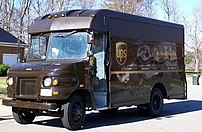 Recently I’ve seen signs that may suggest the occasional UPS glitches are not-so-occasional, and there may be deeper systematic problems with our favorite delivery service. The brown truck driver is as friendly as he ever was – it’s the systems that appear to s***w customers left and right.
Recently I’ve seen signs that may suggest the occasional UPS glitches are not-so-occasional, and there may be deeper systematic problems with our favorite delivery service. The brown truck driver is as friendly as he ever was – it’s the systems that appear to s***w customers left and right. Finally, my third shipping experience within a month: I’m expecting a Sony Reader sent from NY to CA. It was originally due to arrive on 7/28 but now I see it’d rescheduled for 7/29. A one-day delay is not the end of the world, until you look at the details:
Finally, my third shipping experience within a month: I’m expecting a Sony Reader sent from NY to CA. It was originally due to arrive on 7/28 but now I see it’d rescheduled for 7/29. A one-day delay is not the end of the world, until you look at the details:![Reblog this post [with Zemanta]](https://www.zoliblog.com/wp-content/uploads/HLIC/c3f6a73b6f73860cb3967d8190b33e5c.png)
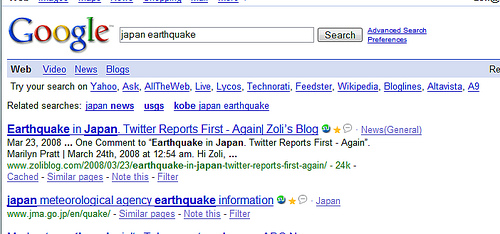

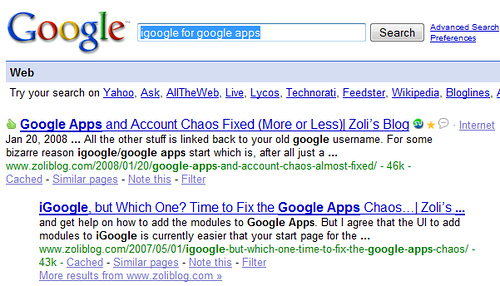

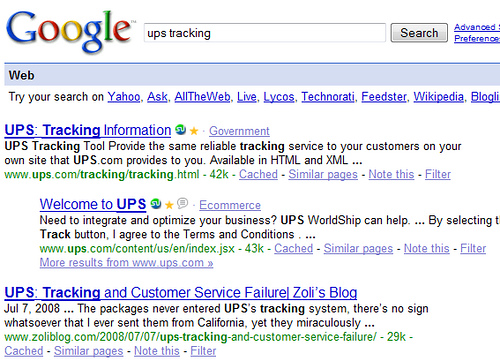


 Quick update to my recent
Quick update to my recent  Dropbox has one advantage over Syncplicity: it’s multi-platform, including Apple’s OS X and Linux, whereas Syncplicity is Windows only for now. But that’s where it ends: it has less features (forget Web Apps integration, e.g. Google, Zoho, Scribd, Picnik), and has what I consider a huge flaw: you have to drop your files into a dedicated folder to be synchronized. That may be reasonable if you want to collaborate on a limited set of files, but it simply does not resolve the “access to all my data anywhere, anytime” problem. It’s certainly a show-stopper for me.
Dropbox has one advantage over Syncplicity: it’s multi-platform, including Apple’s OS X and Linux, whereas Syncplicity is Windows only for now. But that’s where it ends: it has less features (forget Web Apps integration, e.g. Google, Zoho, Scribd, Picnik), and has what I consider a huge flaw: you have to drop your files into a dedicated folder to be synchronized. That may be reasonable if you want to collaborate on a limited set of files, but it simply does not resolve the “access to all my data anywhere, anytime” problem. It’s certainly a show-stopper for me. My Dad has diabetes, and he likes chocolate – not a good combo.
My Dad has diabetes, and he likes chocolate – not a good combo. There’s hardly any choice in sugar-free chocolate, what’s available locally tastes like **** and is overpriced. Eventually I found two (only !) online sources that sell Milka, his favorite brand. I ended up ordering from
There’s hardly any choice in sugar-free chocolate, what’s available locally tastes like **** and is overpriced. Eventually I found two (only !) online sources that sell Milka, his favorite brand. I ended up ordering from  )
)
![Reblog this post [with Zemanta]](https://www.zoliblog.com/wp-content/uploads/HLIC/54e6a3db43b098ecbf5db09e027cb1c1.png)
 I can’t believe all the
I can’t believe all the  Jeff Nolan looks
Jeff Nolan looks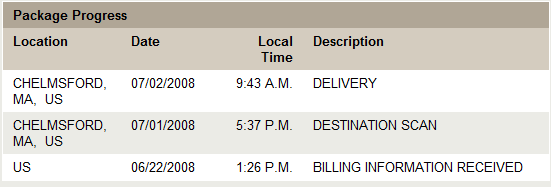

Recent Comments